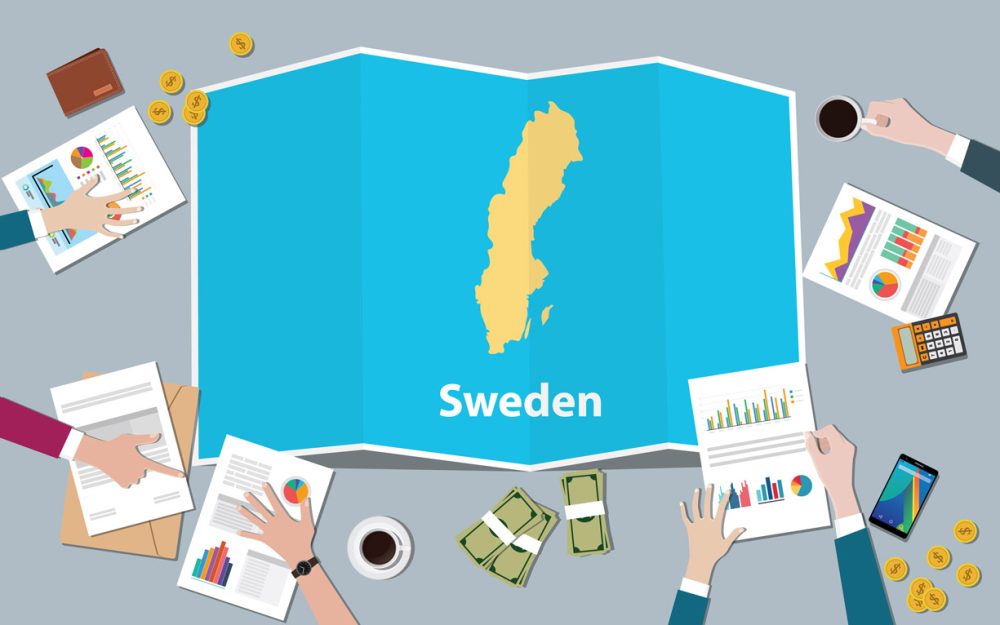Advertisment
Working timelines for Swedish employees revealed over 15 years

A new analysis of employment timelines of Swedish workers highlights varying patterns of active work and work interruptions over 15 years, revealing factors associated with different types of interruptions. Katalin Gémes of Karolinska Institutet in Stockholm, Sweden, and colleagues present these findings in the open-access journal PLOS ONE on February 15.
As populations age and birthrates decline in high-income countries, concerns are growing that there will be too few workers to cover rising costs of healthcare and social security. Some governments are therefore implementing policies meant to extend the number of years people spend working, such as boosting retirement age. This situation raises questions about people’s long-term working timelines and the factors that impact them; however, research on this topic has been scarce.
To deepen understanding of employment timelines, Gémes and colleagues analyzed data from Swedish registers of economic activity and social and health-related benefits linked to the Swedish Living Conditions Surveys, a series of surveys conducted annually among thousands of people in Sweden. They applied an analytical tool known as sequence analysis to examine 15-year timelines of employment.
The analysis surfaced timelines that could be categorized into five different general patterns: 65 percent of the timelines showed continuous activity in employment or education throughout the 15-year period, while the other timelines showed varying combinations of active work and interruptions involving long-term parental leave, unemployment, sickness or disability benefits, or retirement.
Despite Sweden scoring highly on measures of gender equality, the researchers found gender differences in employment patterns: compared to men, women were more likely to have interruptions involving sickness or disability benefits or long-term parental leave. Among both men and women, those with low education or poor health were more likely to have timelines involving both periods of unemployment and periods of receiving sickness or disability benefits.
The authors note that their findings could generalize across Sweden and perhaps to other Nordic countries with similar welfare and economic policies. However, they also note that they only considered adults who were in paid work at the beginning of the study period, so the study may not reflect marginalized adults or adults who had yet to enter the labor market.
The authors add: “In this population-based Swedish study, we examined future working life patterns among individuals initially aged 18-50 and in paid work. The majority of the women and men were working or studying without longer interruptions due to health or family-related reasons throughout the 15-year follow-up, however, women had higher odds of following working life courses with longer periods (>183 days/year) of interruptions due to parental leave and sickness-absence benefits, independent from socioeconomic-, work- and health-related factors.”





